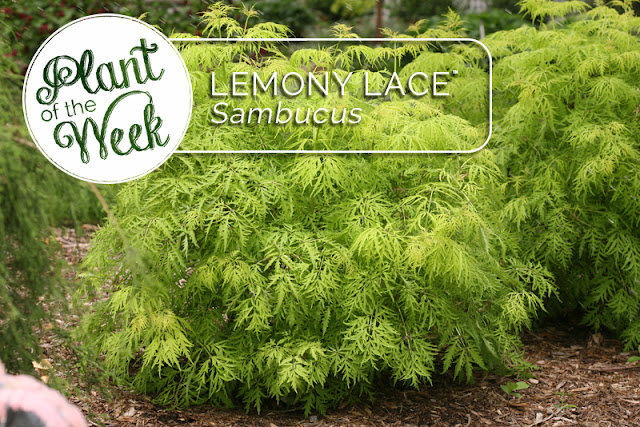Defense.
Well, a championship football team absolutely needs defense, but a clematis will be OK with de-trellis if de-fense isn't available.'Viva Polonia' is a victory lap of a clematis. Named for its similarity to the colors of the Polish flag, it was bred by All-Pro Clematis Breeder Szczepan Marczynski of Poland. Its showy red flowers are accented by a flashy white eye and appear in June and July. They will reappear later in the season on new growth.
'Viva Polonia' flowers on both old and new wood, so it's a very reliable bloomer. Prune it back to about 3' each spring if desired. It will grow in full sun or partial shade; it does prefer sunny but not overheated sites.
Hardy to USDA Zone 4, it grows 4-6' tall.
 |
| 'Viva Polonia' blooms on both old and new wood, making it a reliable, floriferous summer vine. |
Not a football fan?
That's OK. Many of us tuned in more for the commercials and Lady Gaga than we did the game. Not having an allegiance to any particular team, I was torn between the Panthers' obvious appeal to a crazy cat lady (plus all the great plants developed by NCSU) and a close family member who is a Broncos fan. Ultimately, it was Peyton Manning who tipped the scales in Denver's favor for me. As someone who is staring down a milestone birthday, I had to root for the old man on the field.If football isn't your thing, maybe you like basketball instead. No? How about hockey? If you're waiting for baseball, you've got a couple of months before Opening Day - not that nursery people have time for that.
Lucky for you, we've got the perfect sporting event and it happens before the spring rush. That's right, it's Shrub Madness! The thrill of victory (Fire Light® hydrangea). The agony of defeat (Bangle® Genista upsetting Little Quick Fire® hydrangea?!?) Surprises, drama, poorly choreographed end zone dances in the greenhouses - it's all about to happen again in 2016!
You can fill out your bracket starting today. Then vote every day from March 1 to March 31. It's a fun way to see what people like. Think of it as a focus group. Just keep it clean. No trash talking or unhortsmanlike conduct.
Plant of the Week is written by Jane Beggs-Joles.







